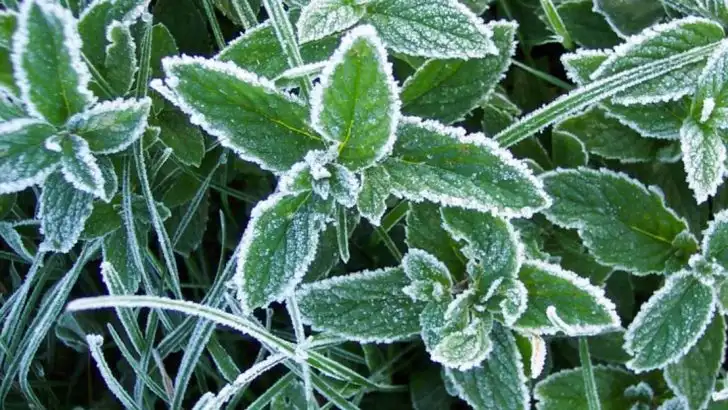Your tomatoes may be drama queens—but these herbs? They’re the tough ones still standing when the cold rolls in. While summer crops throw in the towel at the first sign of a chill, these 17 herbs dig in, power through, and keep adding flavor long past frost. No greenhouse. No heated beds. No pity. We’re talking about the garden’s quiet overachievers—think thyme cracking through frozen soil, chives shrugging off snow like it’s nothing, and mint refusing to die even when you secretly wish it would. If you’re tired of watching your garden wave a white flag every autumn, it’s time to plant like a winter rebel. These herbs don’t just survive—they thrive. And your soups, stews, and teas will thank you.
Sage

With its silvery, velvety leaves, sage stands as a beacon of resilience in the cold. It’s not just its hardy nature that endears this herb to gardeners; its rich, earthy aroma adds depth to dishes long after the sun has set on summer. Sage offers a comforting presence in the garden, its leaves capturing the soft light of frosty mornings.
Whether sprinkled in a roast or brewed in a calming tea, sage’s versatility is unmatched. Did you know? In ancient times, sage was believed to enhance memory and impart wisdom—a timeless testament to its enduring charm.
Thyme
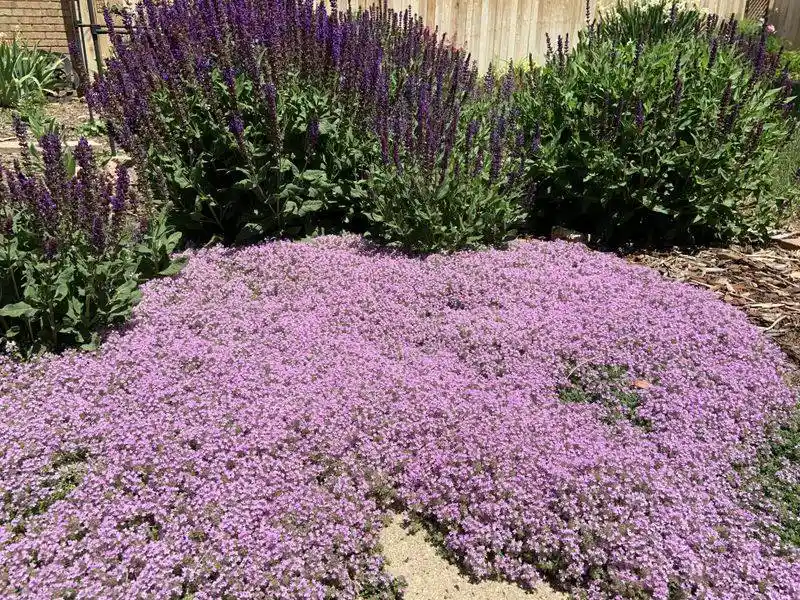
Tiny but mighty, thyme thrives where others falter. Its small, aromatic leaves are a testament to strength, offering a punch of flavor to winter stews and roasts. This perennial herb is as tough as the rocky crevices it often inhabits, standing firm against frost’s icy grip.
Thyme’s presence in your garden ensures a continuous supply of its earthy essence. Fun fact: Thyme has been used since ancient Egypt, appreciated not only for its culinary prowess but also for its antiseptic properties. It’s a flavorful reminder of nature’s resilience in the face of cold.
Chives

Slender and vibrant, chives bring a fresh burst of onion-like flavor to your winter dishes. These green spears emerge triumphantly even as the first frost settles in, showcasing their cold endurance. Their subtle onion notes can elevate simple soups and salads into culinary delights.
Chives are more than just a garnish; they’re a symbol of tenacity in the garden. Historically, they were believed to ward off evil spirits—a whimsical reminder of their robust nature. Whether chopped into eggs or stirred into butter, chives carry the taste of resilience.
Mint
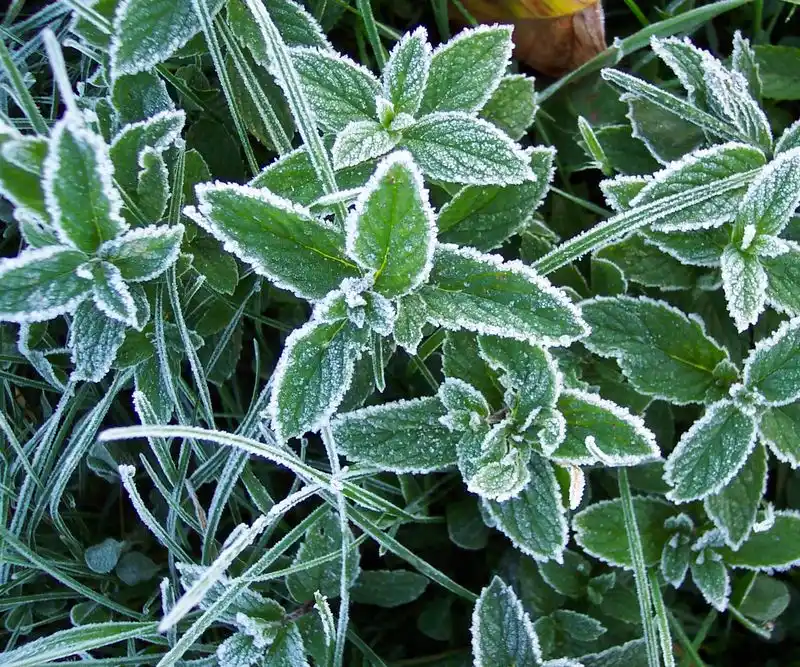
Mint’s cool, refreshing taste pairs perfectly with its ability to withstand the chill. Known for its vigorous growth, mint thrives even as the temperature dips, its roots anchoring firmly in the frost-kissed soil. This herb’s ability to spread means a bounty of leaves for teas, desserts, and more.
In many cultures, mint symbolizes hospitality. Its presence in the garden is both welcoming and revitalizing. Whether muddled in a cocktail or sprinkled over chocolate desserts, mint provides an invigorating note that dances across the palate.
Parsley
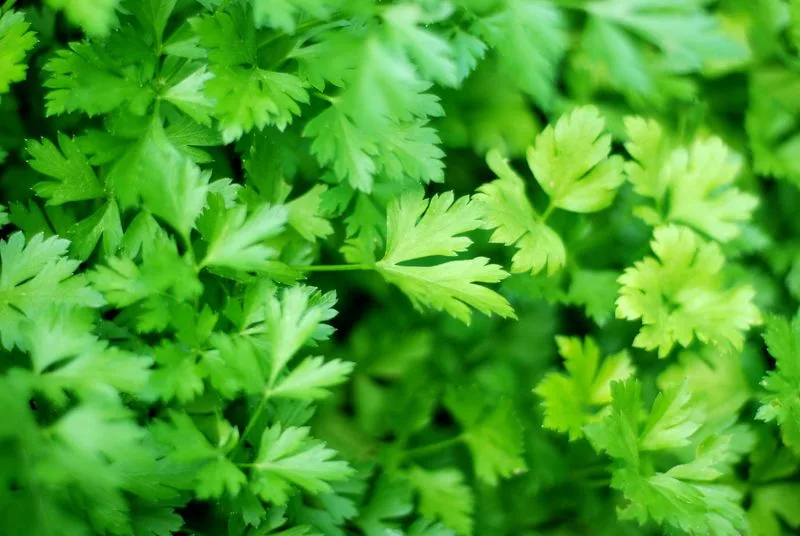
Parsley, with its crisp and fresh flavor, continues to flourish when others fade. Its flat or curly leaves remain green through the cold months, adding a burst of color and nutrition to dishes. Known for its versatility, parsley often stars in winter soups, stews, and sauces.
This biennial herb is more than just a garnish; it’s a culinary staple. In ancient times, it was used in victory wreaths, symbolizing its enduring nature. When added to a dish, parsley provides not just flavor, but a touch of winter vivacity.
Oregano
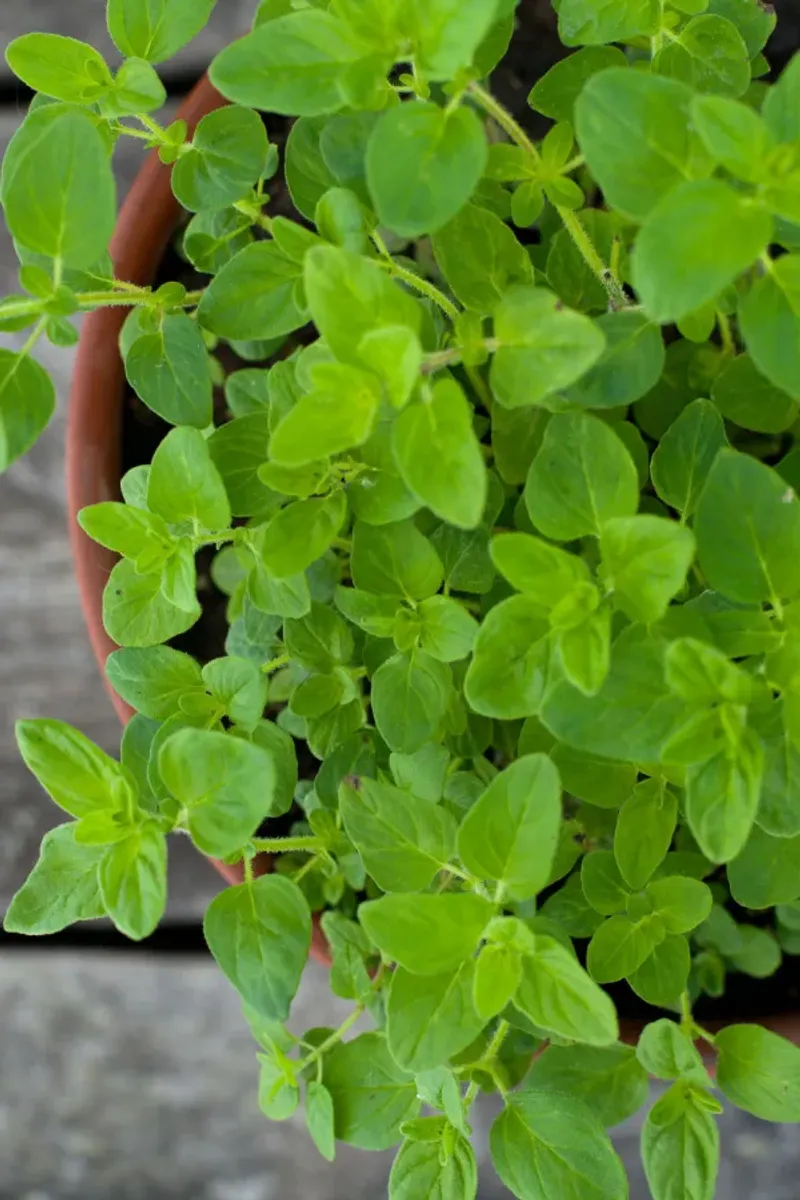
Oregano’s robust and spicy fragrance is a winter delight, persisting even as other herbs retreat. Its hardy nature makes it a favorite for those who love Mediterranean flavors, bringing warmth to cold-weather meals. Oregano leaves, with their slightly fuzzy texture, hold their own against frost.
This perennial herb is more than a pizza topping; it’s a testament to nature’s adaptability. Whether sprinkled over roasted vegetables or stirred into pasta sauces, oregano offers a taste of summer’s warmth in winter’s chill.
Rosemary

Rosemary’s piney fragrance cuts through the cold, offering a sensory delight that is both invigorating and comforting. This robust herb, with its needle-like leaves, stands resilient against winter’s chill. Its evergreen nature ensures a continuous supply of aromatic sprigs.
In cooking, rosemary adds depth to meats and potatoes, elevating them with its earthy notes. Historically, rosemary has been associated with remembrance and fidelity—a poignant reminder of its enduring presence in gardens. Its ability to thrive in cold weather makes it a gardener’s favorite.
Lavender
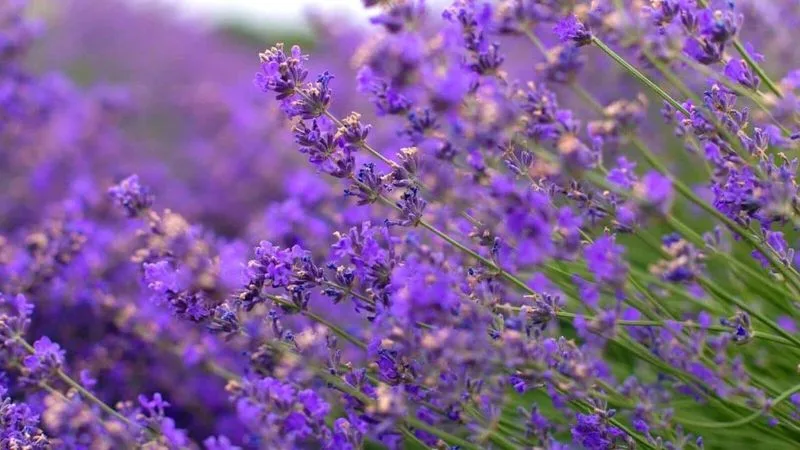
Lavender’s soothing aroma and hardy nature make it a winter garden staple. Its silver-green foliage and occasional purple blooms provide visual interest even in the bleakest months. Beyond its beauty, lavender offers a calming presence, known for its stress-relieving properties.
This herb’s versatility extends to culinary uses, where it adds a floral note to desserts and teas. Historically, lavender has been used for its antiseptic and anti-inflammatory properties. Its resilience in the face of cold makes it a cherished addition to any garden.
Cilantro
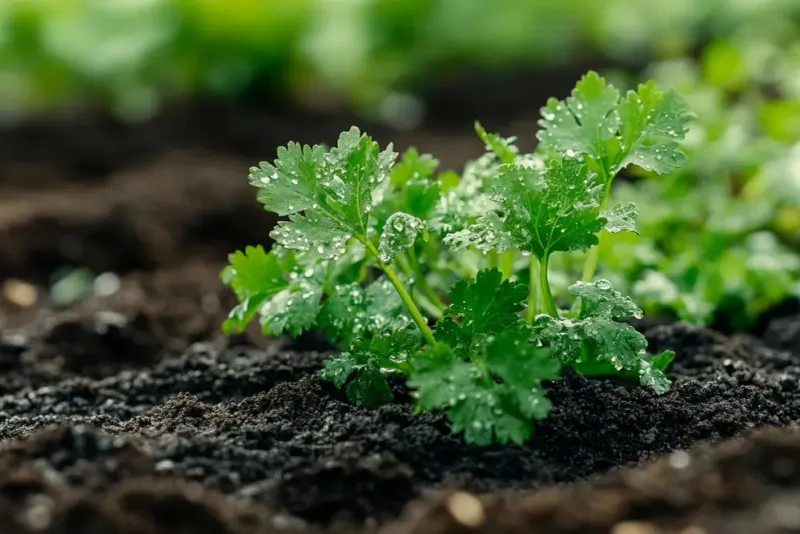
Cilantro, known for its fresh and citrusy flavor, defies the cold. This annual herb, often associated with warm climates, surprises many with its ability to endure cooler temperatures. Its feathery leaves capture the essence of freshness, even when the garden is blanketed in snow.
Cilantro’s role in salsas and garnishes makes it indispensable. Did you know? This herb is also known as coriander in its seed form, adding an extra layer of versatility. As an ambassador of flavor, cilantro brightens up winter dishes with its vibrant taste.
Lemon Balm

Lemon balm, with its gentle lemon scent, offers a refreshing note even in the coldest months. This resilient herb, part of the mint family, continues to thrive despite the frost. Its leaves release a citrus-like aroma when touched, bringing a hint of summer into the winter air.
Used in teas and desserts, lemon balm provides a soothing effect, promoting relaxation. The herb’s historical use as a calming agent showcases its enduring appeal. In the garden, its bright green leaves stand out against the winter backdrop, symbolizing hope and vitality.
Bay Laurel

Bay laurel’s glossy leaves remain steadfast during winter, bringing an evergreen touch to your garden. Known for its culinary uses, the leaves impart a subtle, earthy flavor to stews and soups, enhancing winter meals with their fragrant notes.
This herb has a storied past, often used to crown victors in ancient times. Its resilience is mirrored in its ability to thrive in colder climates. A symbol of endurance, bay laurel continues to provide culinary and aesthetic value, reminding us of nature’s tenacity. Its presence in the garden is both noble and practical.
Tarragon
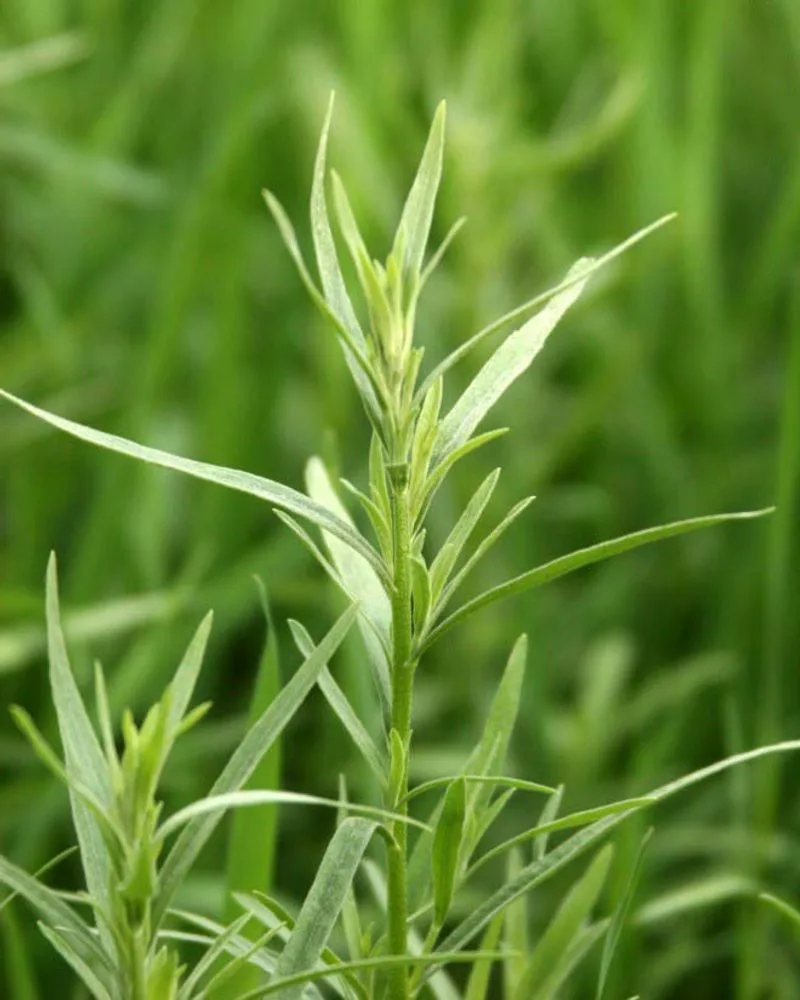
Tarragon’s anise-like flavor and delicate leaves defy the winter chill. Known for its role in French cuisine, this herb continues to lend its distinctive taste to dishes even as temperatures drop. Tarragon’s wiry stems stand resilient, offering a fresh supply of flavor throughout the cold months.
In addition to its culinary allure, tarragon has been traditionally used for its medicinal properties. Its presence in the garden is both fragrant and practical. Whether added to vinegars or used in sauces, tarragon brings a touch of elegance to winter cooking.
Winter Savory

Winter savory is as robust as its name suggests, with a peppery flavor that elevates hearty winter dishes. This perennial herb embraces the cold, its small leaves packing a punch of taste that lingers on the palate. Winter savory’s versatility extends beyond the plate, often used in herbal remedies.
Its ability to thrive in cold weather makes it a favorite among gardeners seeking year-round flavor. Historically, it has been associated with love and courage, a fitting tribute to its bold nature. In your kitchen, it adds a flavorful spark to stews and roasts.
Fennel
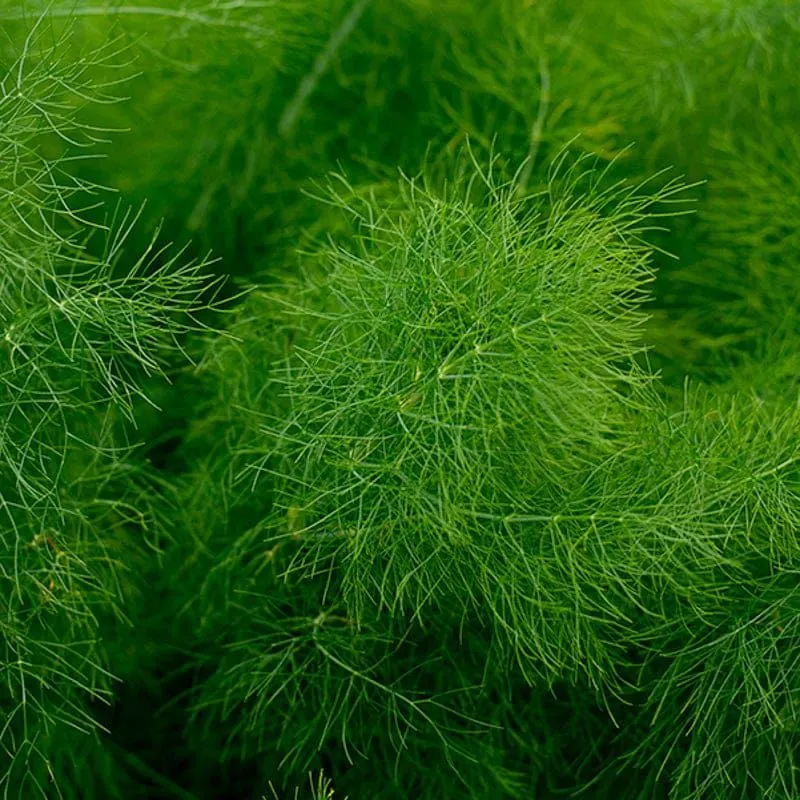
Fennel’s delicate fronds and anise flavor make it a standout in the winter garden. This perennial herb, with its feathery leaves, continues to provide culinary delight long after other plants have succumbed to the cold. Its bulb and seeds add layers of flavor to dishes, infusing them with a sweet, licorice-like taste.
Fennel’s presence in the garden is both striking and practical, offering visual interest against the winter backdrop. Its historical use in traditional medicine highlights its multifaceted nature. In the kitchen, fennel’s versatility shines, enhancing both savory and sweet creations.
Lovage
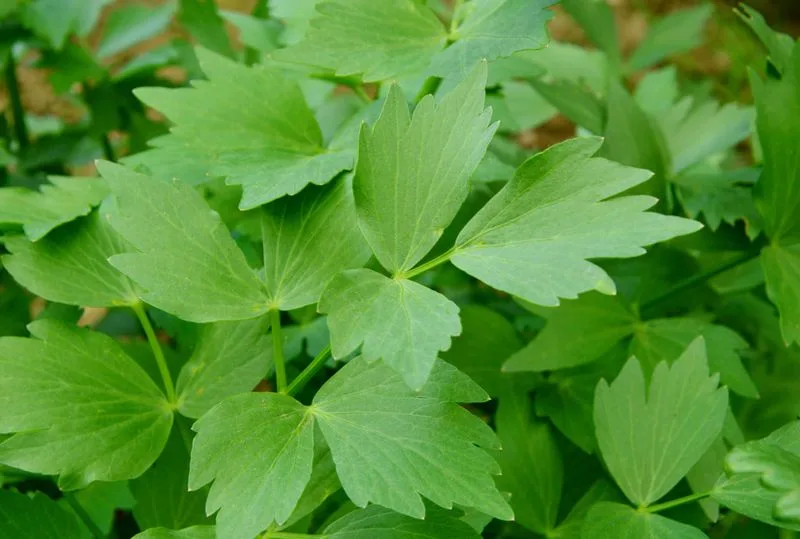
Lovage, with its celery-like taste, stands tall in the garden even as winter closes in. This perennial herb’s robust nature ensures a continuous supply of fresh leaves, which are perfect for soups and stocks. Lovage’s towering presence and deep green color make it a focal point in the winter landscape.
Its historical use as a digestive aid adds to its charm. In the kitchen, lovage provides an aromatic lift, enhancing the flavors of winter dishes. Its ability to endure cold weather makes it a reliable companion in the garden, offering both beauty and bounty.
Sorrel
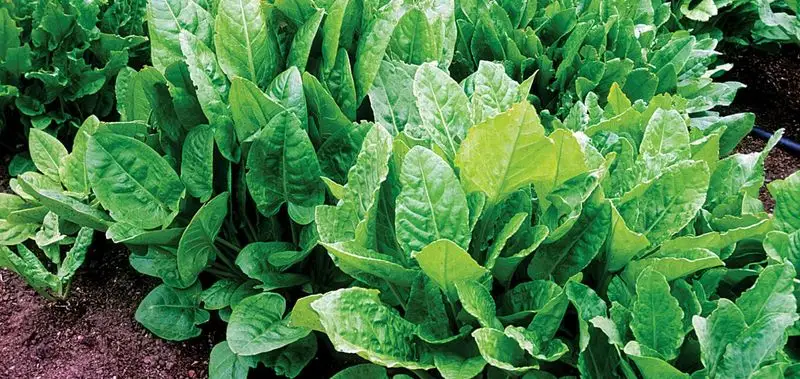
Sorrel’s tangy, lemon-like flavor is a bright spot in the winter garden. This perennial herb, with its arrow-shaped leaves, adds a burst of freshness to salads and soups. Sorrel’s ability to withstand frost makes it a versatile addition to any kitchen garden, providing culinary inspiration even in the coldest months.
Historically, sorrel has been used for its medicinal properties, valued for its high vitamin content. Its presence in the garden is both practical and visually pleasing. As winter settles in, sorrel’s vibrant green leaves remind us of the promise of spring.
Ice Plant

Ice Plant, not your typical herb, thrives when the temperatures dip. Its fleshy, succulent leaves glisten with a frosty touch, making it a unique addition to any cold-weather garden. Picture this: small yellow flowers emerge among the icy foliage, brightening up even the gloomiest of days.
Originating from the chilly coasts of South Africa, this plant is a survivor. While it may not be mainstream in culinary circles, its tangy leaves are a refreshing crunch in salads.
Give it a sunny spot, and it’ll reward you with its hardy and decorative presence, no matter the chill.

